Surrounded by the mighty Mount Everest and other peaks, deep valleys and Himalayan glaciers; Sagarmatha National Park, located in north-east Nepal, is one of the most beautiful creations on earth. Located at a distance of 135 km from Kathmandu, this national park is listed by UNESCO as a World Heritage Site and one of the sacred Himalayan landscapes. From flora, fauna to spectacular landscapes, every aspect of nature’s charm is preserved here.
If you’re planning a trip to this Himalayan wonder, this short guide on Sagarmatha National Park will help you make the most of it.
Best time to visit Sagarmatha National Park

The best time to visit here is from October-November and March to May. One should avoid visiting from June to September as the place receives heavy rainfall, around 1000 mm and makes hiking and camping difficult. The winter months starting from December to February are extremely cold and snowfall is common during these months.
Must read: Trekking in Nepal: 20 risky treks to challenge your nerves
Location and Geography
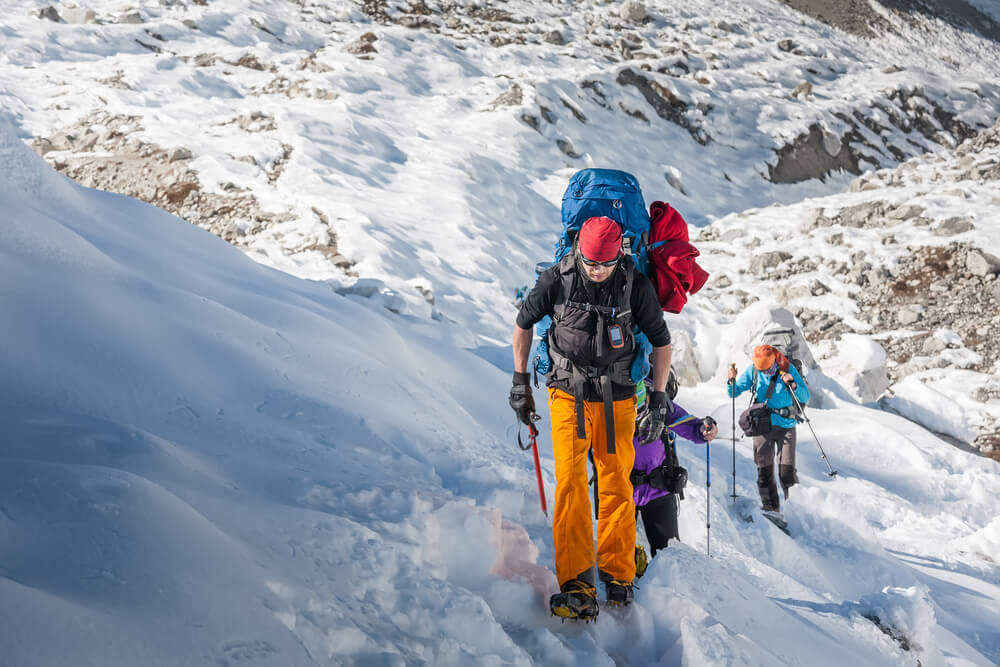
Established in 1976, Sagarmatha National Park is located in the Khumbu region of Nepal. This is the first national park of Nepal. Spread over an area of 1148 square km, the altitude of this bioreserve is between 2845-8848 meters. Sagarmatha National Park is bordered by the Qomolangma National Nature Preserve of Tibet Autonomous Region in the north and the Dudh Koshi River in the south. Sagarmatha National Park became a Natural World Heritage Site in 1979.
8 Texas Travel Tips to Enjoy the Beauty of The State
other details
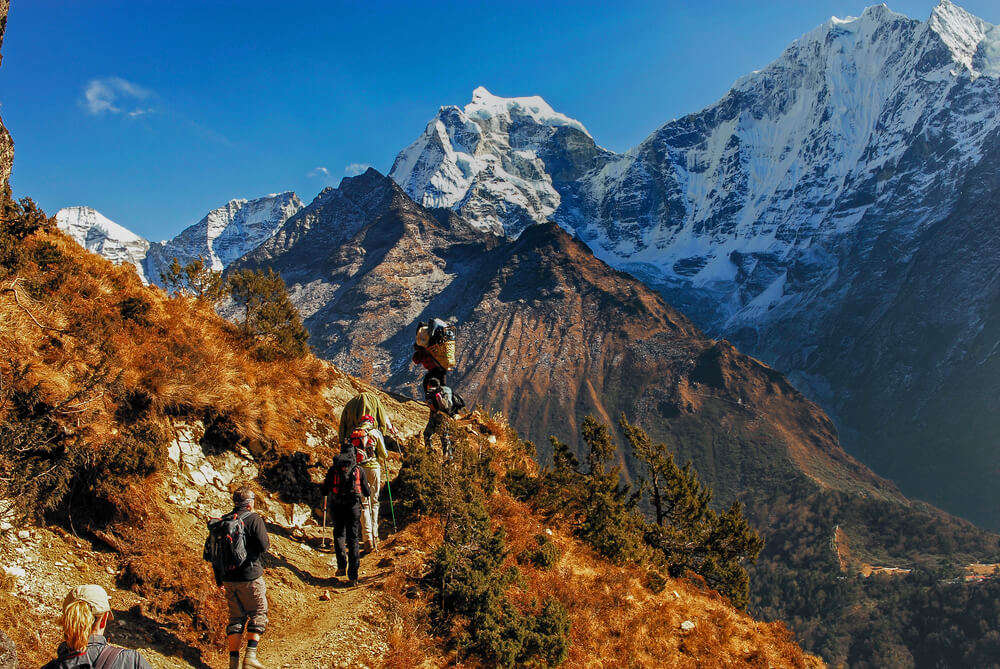
climate
climate on Sagarmatha National Park in Nepal Varies between semi-arid subtropical to temperate types with moderate to heavy annual rainfall. The summer months are moderate, while heavy rainfall is recorded from July to September. The winter months are extremely cold with temperatures dropping below the freezing point.
Sagarmatha National Park Entry Fee and Timings
This beautiful park is open 24 hours to facilitate all the tourists, but it is advisable to visit it before sunset. Due to the presence of endemic wildlife, hiking and trekking in the dark is a bit risky.
For entry, you need to purchase an access pass from the Sagarmatha National Park visitor centre, which is located at Monzo and Namche Bazaar. The pass costs Rs 1500 for SAARC citizens, Rs 3000 for foreigners and Rs 25 for Nepalese locals. A passport is required to issue an access pass.
Read suggestions: 10 ancient lakes of Nepal that offer peace and tranquility
Flora and Fauna of Sagarmatha National Park
The national park of Nepal is rich in a variety of flora and fauna. If you love bird watching, you are in for a treat. There are also unique indigenous animals that you will meet along the way.
Flora of Sagarmatha National Park
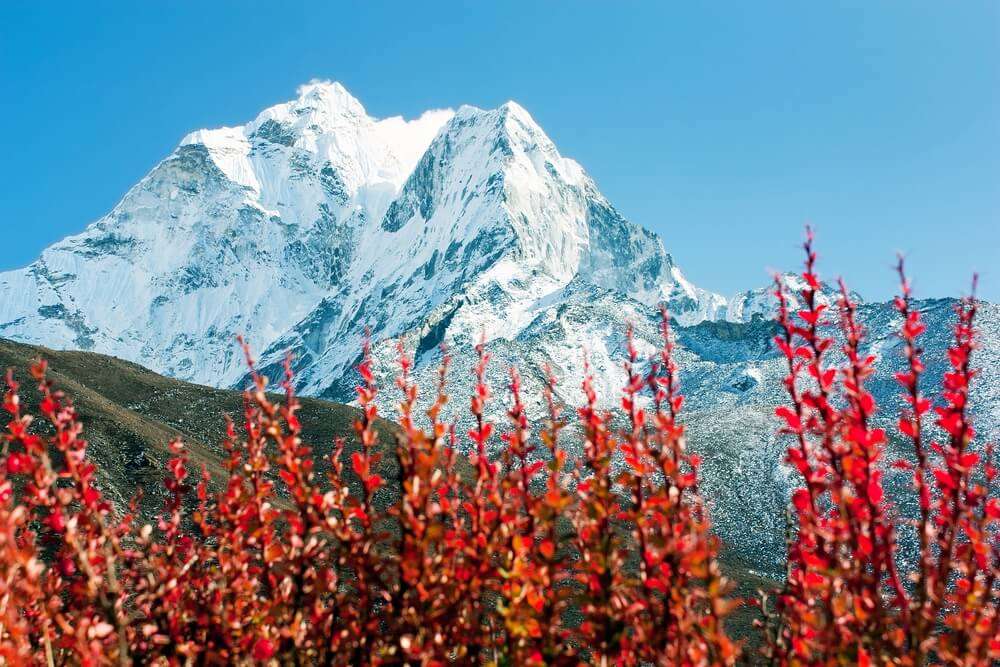
Since the altitude of the national park ranges between 2845-8848 meters, distinct variations can also be seen in the types of vegetation. The low altitude forests are dominated by rhododendron, birch, juniper, blue cedar, pine and bamboo. Dwarf shrubs, mosses and lichens are found at higher altitudes. Rhododendrons bloom in April and May and remain colorful and vibrant until September.
7 Places To Visit Near Abbotsford In 2020
Fauna of Sagarmatha National Park
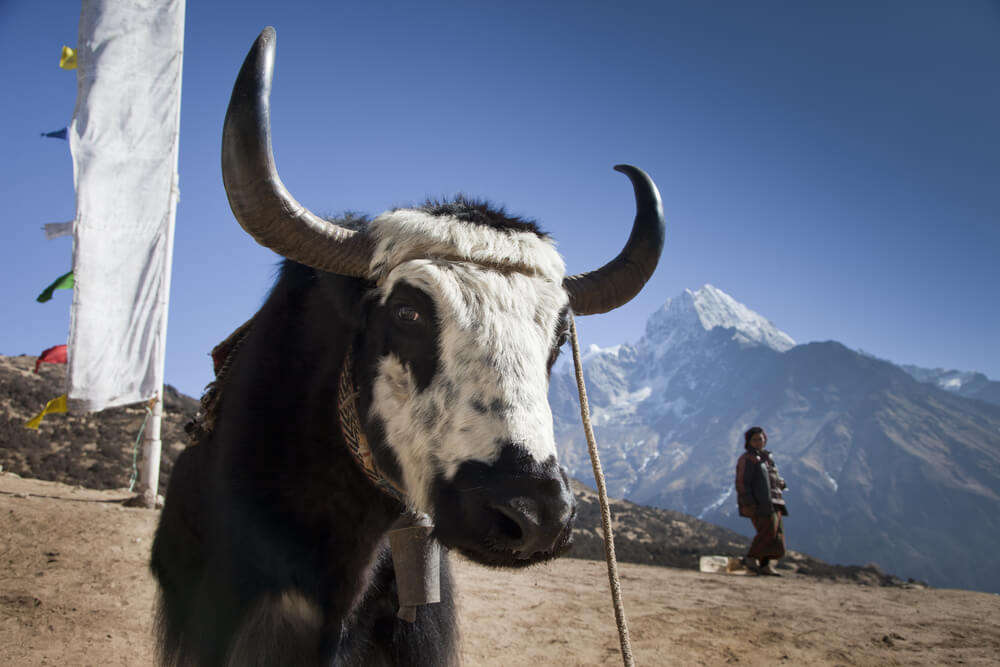
A wide range of wildlife can be seen inside the park including Himalayan tahr, musk deer, ghouls, snow leopards, wolves, lynx and weasels. Sagarmatha National Park is home to over 1000 rare to endangered bird species and some of them are the Himalayan monal, snowcock, yellow-billed chough, blood pheasant and red-billed chough. This is why Sagarmatha National Park has been designated as an Important Bird Area by BirdLife International.
Read suggestions: 11 Festivals of Nepal to Experience the Country’s Heritage
Planning your vacation but confused about where to go? Let these travel stories help you find the best trip ever!
Real travel stories. Stays real. Useful tips to help you make the right choice.
Things to do in Sagarmatha National Park
There are so many things to do and experiences at this park. Make sure you enrich your visit to this attraction by adding all these experiences to your list.
1. Hiking

In Sagarmatha National Park, hiking is the most popular adventure activity among visitors. There are rugged mountain paths within the forest and each path offers spectacular views of the Himalayan peaks, mountains and valleys. People can access most of the trails on their own, but it is definitely better and more effective if you hire a local Sherpa. have one Sagarmatha National Park Tour To visit the best hiking trails and camping sites.
2. Gecko Lake: Camping!
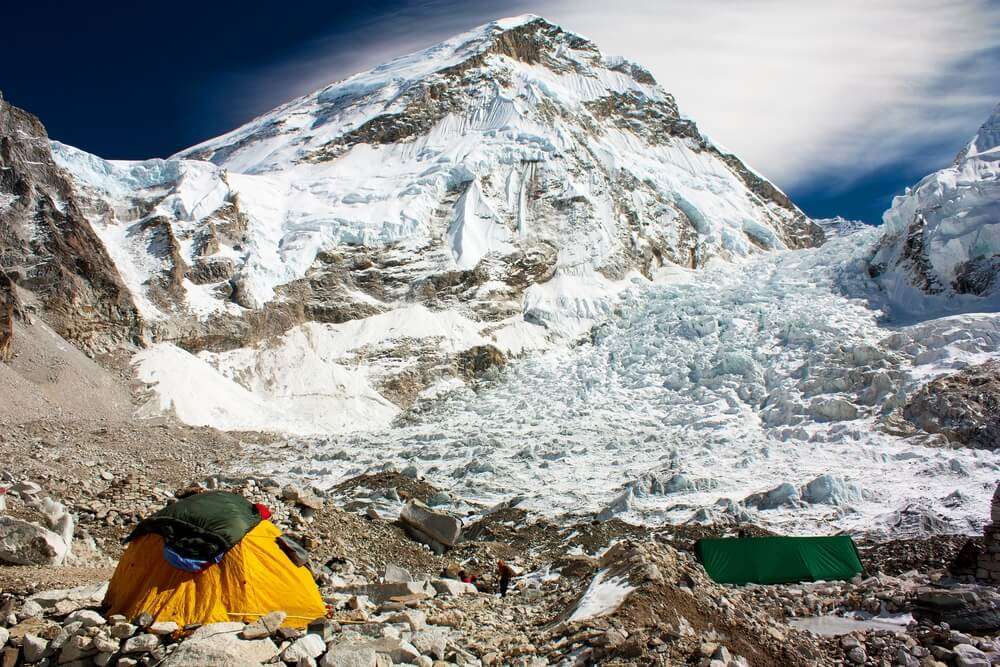
If you are fond of thrill and adventure; Camping on the banks of the beautiful Gaiko Lake is a wonderful idea. It is a beautiful lake located in Sagarmatha National Park, which remains frozen during winter. Pitch a tent under the open sky and take the camping experience to a different level. Although the place offers breathtaking views of the surrounding mountains and glaciers, it is definitely awe-inspiring to see the mighty Mount Everest from the Gecko Lake.
Read suggestions: Nepal honeymoon guide: Here’s what you need to plan a romantic vacation
3. Mount Taboche: Trekking to the Highest Point Monastery
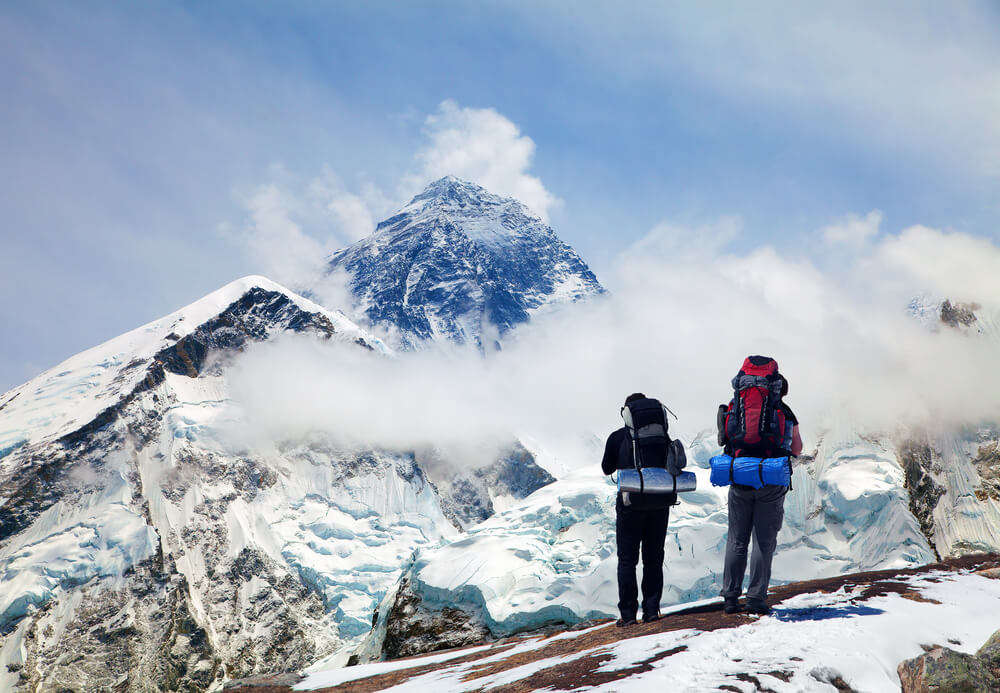
Trekking up to Mount Taboche is tough and challenging, but as soon as you reach the monastery, the highest point of Taboche; The surrounding views will definitely astonish your senses and refresh your heart. Taboche Monastery is a beautiful stupa and center for preaching and preaching Buddhism. Visit this place to worship, seek blessings and calm your heart.
4. Mount Everest: Viewing it from Kala Patthar
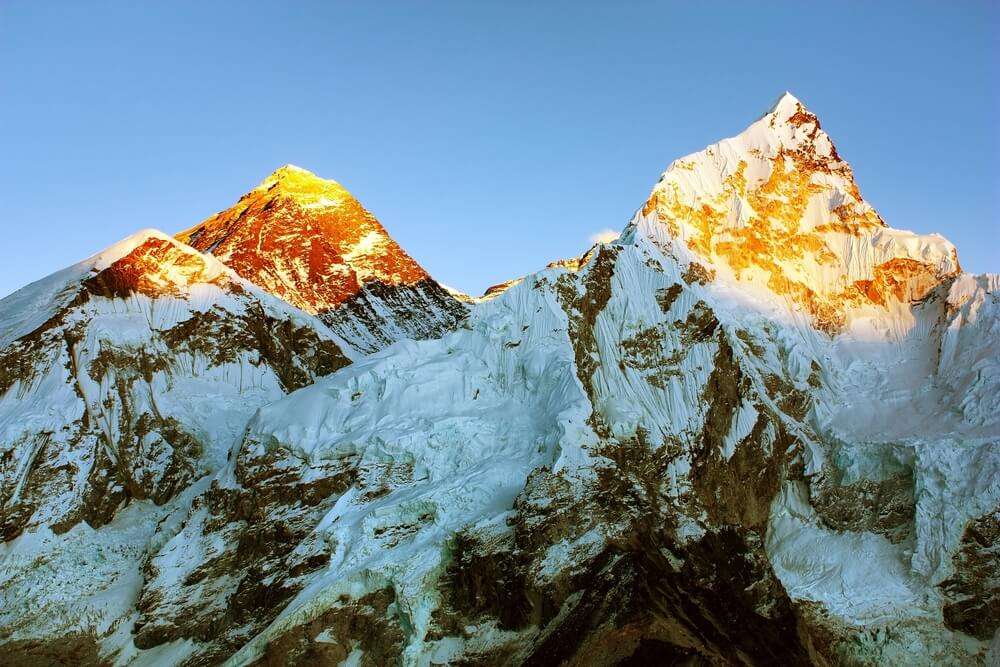
Kala Patthar, located within the Sagarmatha National Park, is the closest approach to Mount Everest. Situated at 5545 metres, one has to experience a steep climb before reaching this mesmerizing place. The spectacular views of not just Everest but the snow-laden Himalayan peaks and ranges make this trip worthwhile in every sense.
Read suggestions: 10 ancient Nepal temples in the peace of the Himalayas
5. Dudh Koshi River: Chilling

The Dudh Koshi River borders the bioreserve in the south and offers a spectacular view of the stream flowing through the rugged terrain. Spending time on the banks of this mighty river and enjoying the stunning beauty is one of the best things to do in Sagarmatha National Park. There are many suspension bridges on the river, which offer even more amazing views.
Read suggestions: 15 Fun Things To Do In Nepal For All The Adventure Lovers!
Places to Stay near Sagarmatha National Park
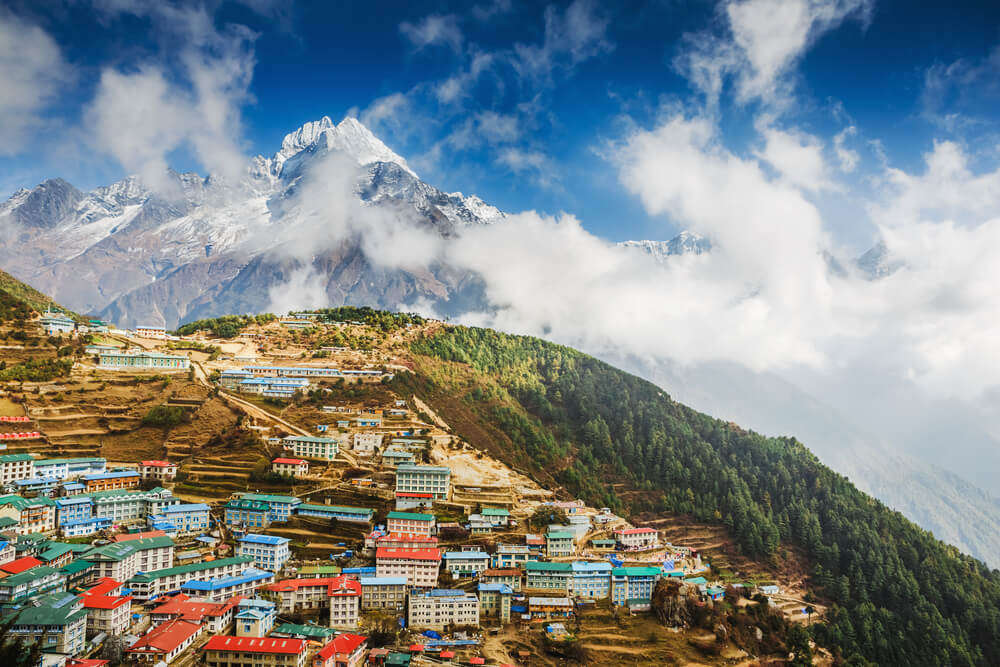
Are you wondering where to stay while visiting this park? Well, here is your answer to the best accommodation available in or near the park. Well, there are no fully equipped hotels and resorts near the park, so where to stay near Sagarmatha National Park is a concern that troubles every traveller. But do not worry! There are some good homestays and lodges nearby, which offer comfortable and convenient accommodation with basic amenities. You can book at Yeti Mountain Home Phakding, Thanka Inn, Everest Inn and Hotel Khangri.
How to reach Sagarmatha National Park?
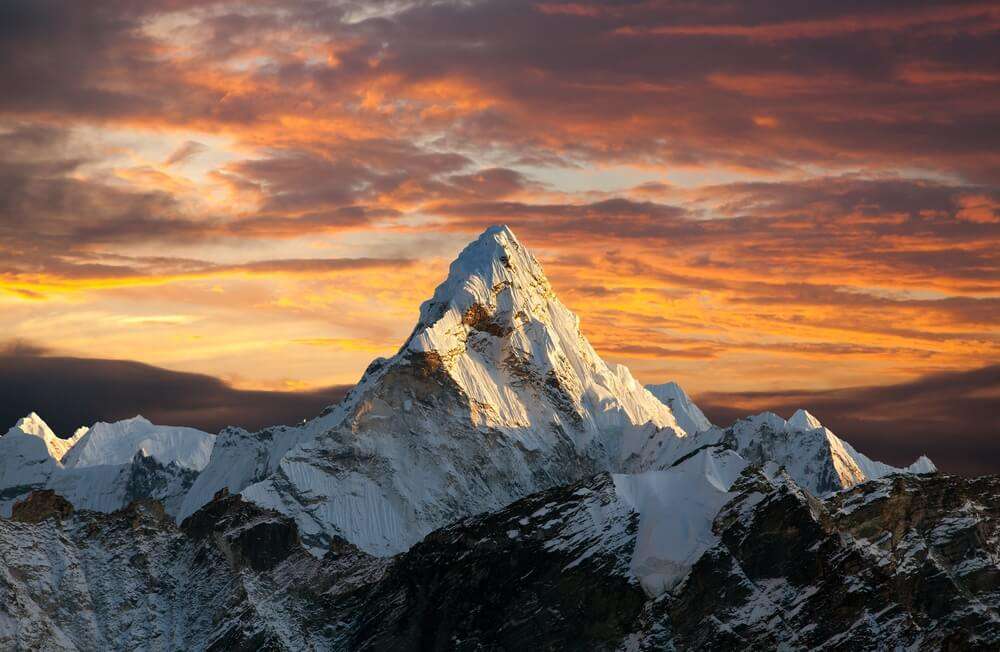
Sagarmatha National Park is in a remote location and access is quite challenging. The nearest air connectivity is at Tenzing-Hillary Airport, Lukla, 33 km away. The best and easiest way to reach Sagarmatha National Park from Kathmandu is to take a short flight (25 minutes) to Lukla. From Lukla, one can trek to the national park. The path is difficult, bumpy, yet extremely exciting.
Distance from Kathmandu to Sagarmatha National Park: 135 kilometers
Sagarmatha National Park: Conclusion
“Sagarmatha National Park” is located in the Himalayas of eastern Nepal and encompasses a significant portion of the region surrounding Mount Everest, the highest peak in the world. Here are some commonly sought-after pieces of information related to the park:
- Location and Size: It’s located in the Solukhumbu District of Nepal and spans an area of 1,148 square kilometers.
- UNESCO World Heritage Site: The park was designated as a UNESCO World Heritage Site in 1979, both for its natural and cultural significance.
- Flora and Fauna: The park is home to a diverse range of flora and fauna. Some of the iconic species found here include the snow leopard, red panda, and Himalayan tahr. There’s also a variety of bird species, including the Impeyan pheasant, Nepal’s national bird.
- Cultural Significance: The park is culturally significant because it’s home to the Sherpa community, who have their own unique culture, traditions, and monasteries.
- Trekking: Sagarmatha National Park is a popular destination for trekkers. The Everest Base Camp trek is one of the most famous trekking routes in the world and passes through the park.
- Altitude: The park’s elevation ranges from around 2,845 meters (9,334 ft) at Monjo to the top of Mount Everest at 8,848 meters (29,029 ft).
- Permits: If you’re planning to visit, you’ll need to obtain a permit. The procedures and fees may vary depending on the purpose and duration of your visit.
- Conservation Efforts: Given its ecological significance, there are various conservation efforts in place to protect the park’s biodiversity and natural beauty.
- Climate: Due to its high altitude, the park has a distinct climate, with most of the area being above the tree line. The winters can be extremely cold, while the monsoon season (June to August) sees heavy rainfall.
- Challenges: The park faces various challenges, including increasing tourist traffic, waste management issues, and the effects of climate change on its glaciers and biodiversity.
If you have more specific questions or need detailed information on any of the topics mentioned above, please let me know!
 Tips Clear – Media Surfer News Tips Clear: Your Daily Dose of Expert Advice
Tips Clear – Media Surfer News Tips Clear: Your Daily Dose of Expert Advice